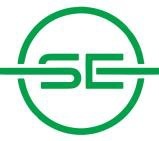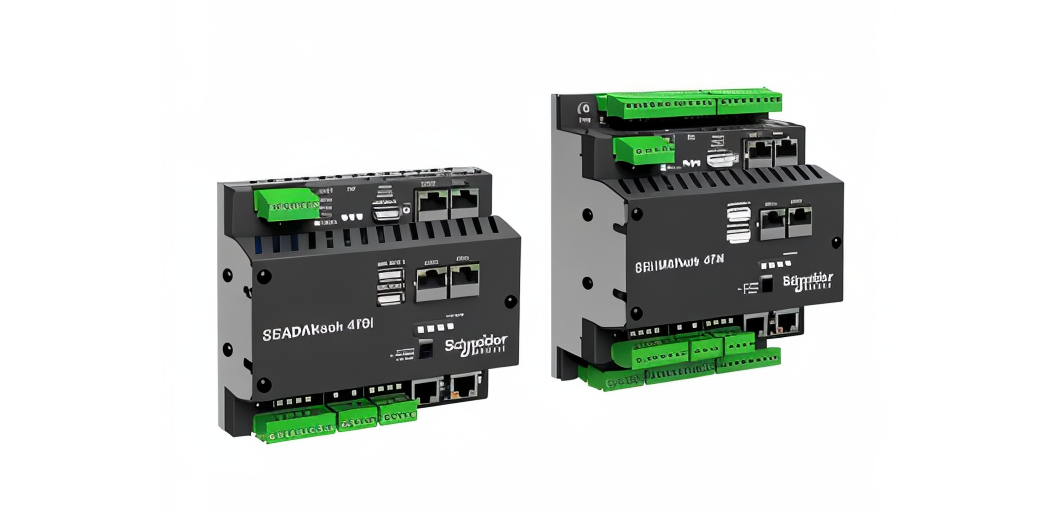Supervisory Control and Data Acquisition (SCADA)
Supervisory Control and Data Acquisition (SCADA) systems are powerful industrial
control solutions that enable real-time monitoring, control, and data analysis of
equipment and processes across various locations. SCADA is essential for managing
large-scale systems such as power distribution, water treatment, oil and gas
pipelines, and manufacturing lines.
A SCADA system typically consists of sensors, PLCs or RTUs (Remote Terminal Units),
communication networks, and centralized software interfaces. Operators use SCADA
platforms to visualize processes, issue commands, log historical data, and respond
to alarms from remote sites—enhancing operational efficiency and minimizing
downtime.
Benefits With Our SCADA Systems
Centralized, scalable control systems for streamlined automation and
intelligent decision-making.
-
Real-time data acquisition and remote monitoring capabilities
-
Alarm management and event tracking for enhanced safety
-
Historical data logging and reporting for trend analysis
Our SCADA solutions are compatible with major PLC platforms and support
industry-standard protocols such as Modbus, OPC UA, and DNP3. With secure remote
access, intuitive dashboards, and scalable architecture, our systems are built for
critical infrastructure and complex industrial operations. Whether for local control
or enterprise-wide monitoring, our SCADA platforms deliver operational visibility
and control.
Most Common Questions
Why implement SCADA in automation systems? SCADA improves operational control and
awareness by centralizing data and automating responses. It reduces the need for
manual intervention, supports predictive maintenance, and helps organizations make
data-driven decisions for improved reliability and performance.




